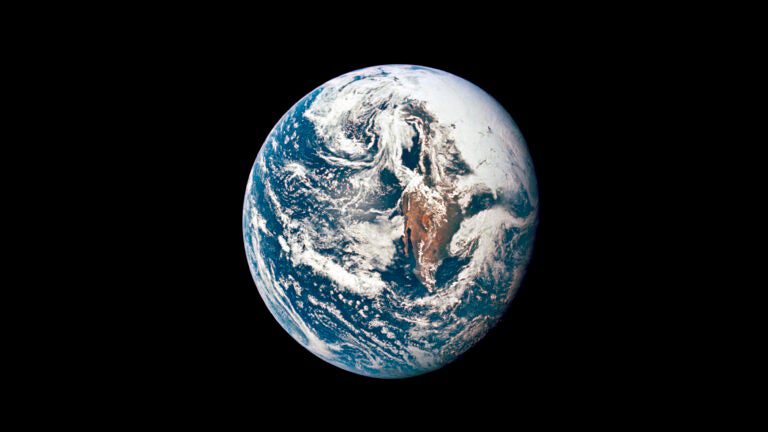
Global News
Astronomers expect to provide updated details this spring regarding the trajectory of the asteroid and its potential impact on Earth.

The probability of a recently detected asteroid impacting Earth in 2032 has risen slightly. However, a local expert from the Massachusetts Institute of Technology reassures the public that there is no immediate cause for concern.
The asteroid, designated 2024 YR4, was initially identified in December, when scientists estimated its likelihood of colliding with our planet at just over 1 percent. As per a recent update, that probability has now increased to approximately 2.3 percent for a potential strike on December 22, 2032, according to NASA.
This celestial body is estimated to measure between 130 and 300 feet across. NASA officials will continue to observe the asteroid to better ascertain its size and trajectory, expecting it to be visible until April; it will then become too faint to detect until June 2028.
During this period, scientists will likely gain more insight into its orbit and dimensions, allowing for clearer predictions regarding its chance of impact and potential consequences, explained Artem Burdanov, a research scientist at MIT’s Department of Earth, Atmospheric, and Planetary Sciences.
Burdanov stated that 2024 YR4 is considered “the most significant threat we have encountered so far,” emphasizing the importance of continuous monitoring by astronomers.
“We require closer observation to make well-informed decisions, supported by our telescopes and staff who can evaluate the potential risks to the public,” he added.
According to NASA’s Sentry system, which tracks potential collisions, 2024 YR4 is currently the only known asteroid that is classified on the Torino Scale, a system used to assess the risk of impact with Earth. It has received a grade of three, indicating a “close encounter warranting attention from astronomers,” especially considering that the potential impact date is under ten years away.
In contrast, other tracked objects are rated as zero, indicating no threat.
Burdanov likened 2024 YR4 to the Tunguska event, which occurred in 1908 when an asteroid of roughly 130 feet in diameter detonated over a sparsely populated area in Siberia, releasing energy equivalent to 150 kilotons of TNT, according to NASA.
“While it’s not a cataclysmic asteroid like the one that led to the dinosaurs’ extinction—measuring 10 kilometers in diameter—it has the potential to cause significant harm,” Burdanov remarked regarding 2024 YR4.
In the unlikely scenario that the asteroid is indeed on a collision course with Earth in 2032, Burdanov assured that scientists would be able to estimate the time and location of impact, facilitating necessary evacuation procedures or alterations to its trajectory.
Stay Informed with Boston.com
Subscribe now to receive the latest news updates in your inbox every morning.










